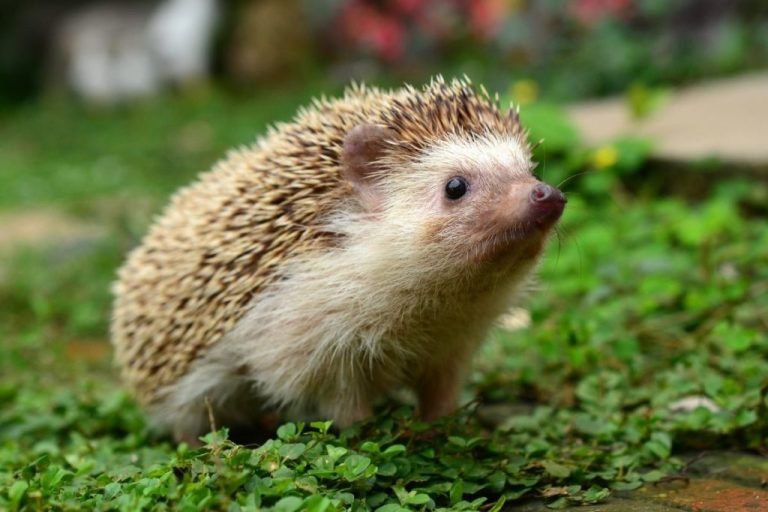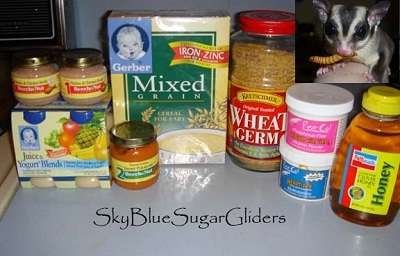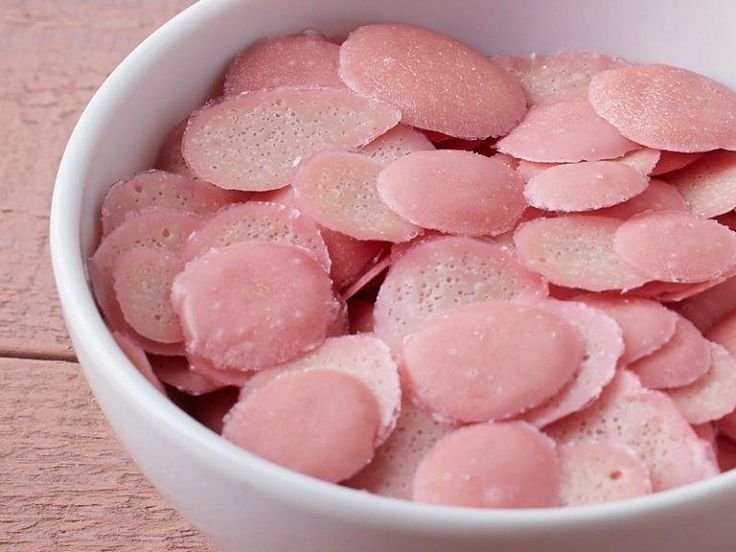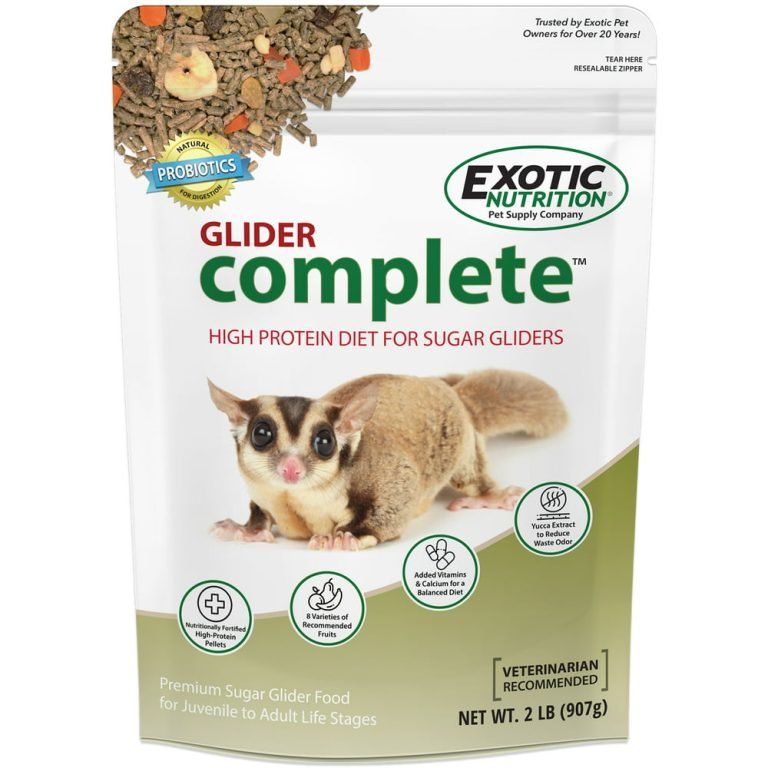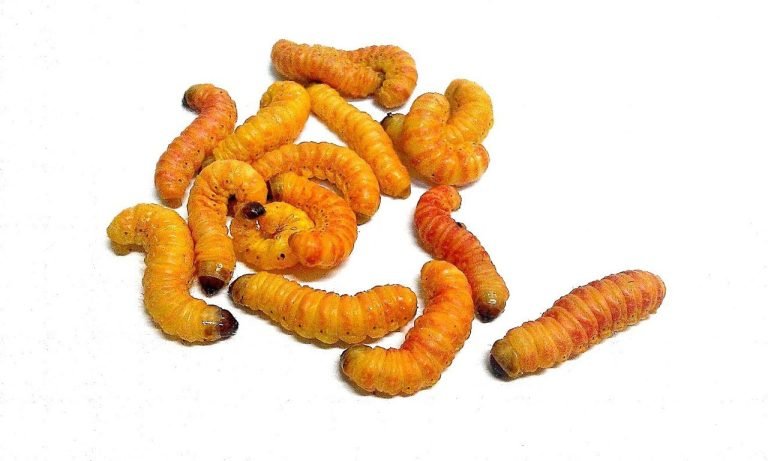What To Feed Sugar Glider Babies
What to Feed Sugar Glider Babies: A Guide to Nurturing Healthy Joeys
When it comes to caring for sugar glider babies, or joeys, it requires special attention and knowledge to ensure they grow up healthy and strong. Feeding is a crucial aspect of their care, as their nutritional needs differ from adult sugar gliders. In this guide, we will explore the best diet for sugar glider babies, including what to feed them and how to provide a balanced and nutritious meal plan.
Understanding the Nutritional Needs of Sugar Glider Babies
Before diving into the specifics of what to feed sugar glider babies, it’s important to understand their nutritional needs. Newborn joeys rely solely on their mother’s milk for the first few weeks of their lives. As they grow, their diet transitions to solid food, but it may take several weeks for them to fully wean off milk.
Protein
Protein is an essential component of a sugar glider’s diet, and it becomes even more important during their development as joeys. High-quality protein sources are crucial for their growth and muscle development. Opt for lean meats such as chicken, turkey, or cooked eggs.
Fruits and Vegetables
Fruits and vegetables play a vital role in providing essential vitamins and minerals to sugar gliders. Introduce a variety of fresh produce into their diet, including leafy greens, carrots, sweet potatoes, apples, and grapes. Avoid excessive amounts of citrus fruits or anything high in oxalates, as these can be harmful to their health.
Gut Loading and Supplements
To ensure sugar gliders receive all the necessary nutrients, it’s important to gut load their food with supplements. This involves feeding their prey nutritious foods before offering it to them. Calcium and vitamin D3 supplements are also essential for bone health.
What to Feed Sugar Glider Babies
Now that we have a good understanding of the nutritional needs of sugar glider babies, let’s explore what to feed them to support their growth and vitality. Below are some essential food items to include in their diet:
Milk Replacer
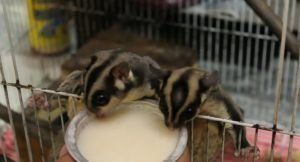
If the sugar glider baby has been orphaned or abandoned, you may need to provide a milk replacer until they can be transitioned to solid food. Look for a glider-specific milk replacer to ensure it meets their nutritional needs.
Glider-Specific Pellets
Glider-specific pellets offer a balanced diet and ensure that sugar gliders receive all the necessary nutrients. Look for a pellet formula specifically designed for joeys, as it will have a higher nutritional content to support their growth.
Protein Sources
Introduce lean meats such as cooked chicken or turkey into their diet. You can also offer cooked eggs or mealworms as alternative protein sources. Be sure to cook the meat thoroughly and remove any bones or skin.
Fresh Fruits and Vegetables
Offer a variety of fresh fruits and vegetables in their diet to provide essential vitamins, minerals, and fiber. Remember to cut fruits into small, bite-sized pieces to make it easier for them to eat.
Insects and Worms
Sugar gliders are natural insectivores, so it’s important to include a variety of insects and worms in their diet. Mealworms, crickets, and waxworms can be given as part of their protein intake. Ensure the insects are gut-loaded before offering them to sugar glider babies.
Supplements
To ensure sugar glider babies receive all the necessary nutrients, it’s important to provide them with calcium and vitamin D3 supplements. These help support their bone development and overall health. Consult with a veterinarian to determine the appropriate dosage for your joeys.
Frequently Asked Questions
1. Can sugar glider babies eat the same food as adults?
While some food items overlap between the diets of adult sugar gliders and joeys, it’s important to provide a more balanced and nutrient-rich diet for growing babies. Their protein, fruit, and vegetable intake should be higher than that of adult gliders.
2. How often should I feed sugar glider babies?
Young glider babies require frequent feedings, typically every 2-3 hours. As they grow, the number of feedings can be gradually reduced, but the nutritional content of the meals should remain high.
3. Can sugar glider babies be fed baby food?
Baby food can be an option to supplement their diet, but it should not be the sole source of nutrition. It should be used sparingly and only when fresh, nutritious alternatives are unavailable.
4. Can sugar glider babies eat honey?
It is not recommended to feed honey to sugar glider babies, as it can pose a choking hazard and contains high amounts of sugar, which can be harmful to their health.
5. How long does it take for sugar glider babies to wean off milk completely?
The weaning process for sugar glider babies can take several weeks, typically around 8-12 weeks. It’s important to monitor their progress and provide a gradual transition to solid food.
Final Thoughts
Feeding sugar glider babies requires careful planning and attention to their nutritional needs. Providing a well-balanced diet that includes protein, fresh fruits, vegetables, insects, and supplements is crucial for their growth and development. By understanding their unique dietary requirements and following the guidelines outlined in this article, you can ensure that your sugar glider babies grow up healthy and strong. Remember to always consult with a veterinarian experienced in glider care for personalized advice and guidance.


